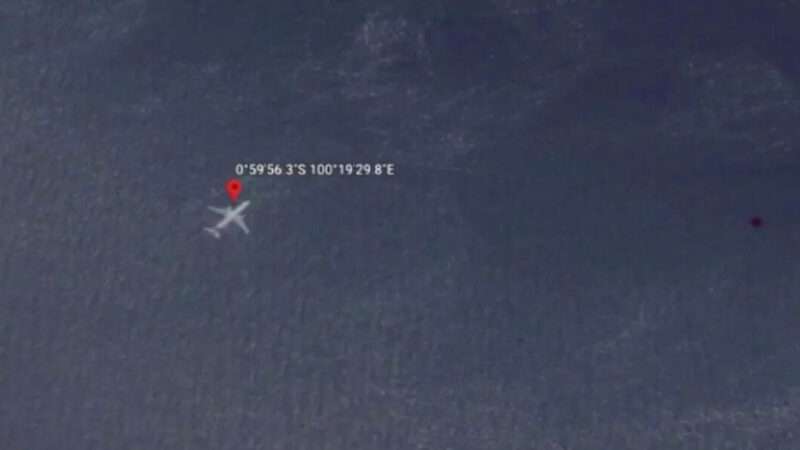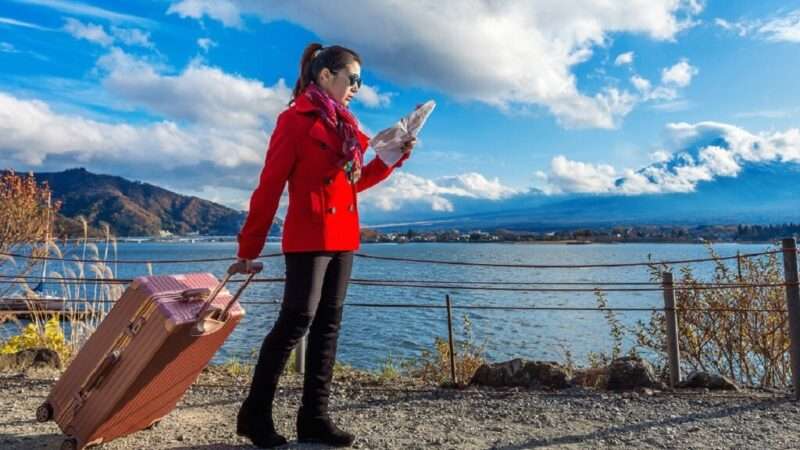White water rafting guide – what is and how extreme can be
Rafting is usually done on a mountain river on a raft boat. The flatboat must navigate rough water between rocks, which is how most people associate this type of sport with. While this is true, rafting can also be done on calm sections of the river, so families with children can also participate.
At Rafting Camp Modra Rijeka decided to explain to you what rafting is, how safe it is, what to bring with you and family on rafting, and what to expect from rafting in Montenegro.
What is white water rafting?
White water rafting is a type of river rafting, which uses pontoons (flatboats) for several people (although you can also encounter rafting on boats, rafts, or kayaks. Mountain rivers are most often used for rafting because of their shape. Rafting participants must fight the river current and local eddies all the time because of the rocks and sudden turns.
In addition, the pontoons used for rafting are also more durable. They are more resistant to abrasions and holes caused by sharp stones. However, if the pontoon gets a hole, remember that it is multi-chambered, which allows you to continue the trip.
It is definitely a sport for those who like adrenaline as well as extraordinary views. However, it should be remembered that different sections of the rivers are marked with appropriate levels of difficulty. The scale of difficulty is standardized all over the world and is marked with the letters WW (white water), adding the appropriate number. The higher the number, the more dangerous the episode.
Rafting levels
The safest for rafting are the river sections marked as WW1, which mean gentle current and light waves. The route contains practically no obstacles at all, so no great steering skills are required here. These episodes are good even for families with children.
WW2 is still no major obstacle, but here the river is rushing, which translates into waves that will accompany us throughout the entire rafting trip.
The river sections marked WW3 are intended for the more advanced rafters. There are more rapids here that make the current irregular. In addition, there are small whirls and turns, i.e. places where a sudden bottom fault occurs.
WW4 is even more advanced and extreme. Here the number of rapids are even extraordinary and extreme, and the current accelerates locally. The WW5 level, on the other hand, is full of extreme rapids and waterfalls. Recommended only for advanced and experienced rafters.
Extreme white water rafting
The WW scale ends with the WW6 level. These sections of the rivers are described as extremely extreme and are not really recommended even for very experienced players. All because white water rafting at this level is often described as suicidal, and defeating it exceeds the limits of human possibilities.
Preparation for rafting
First, if we want to prepare for rafting, we must take care of overall good physical condition. It is quite an exhausting sport. And although we will work together in the raft boats, with several people, everyone will be a bit tired after such a trip.
The rafters’ outfit should also be appropriate. In more demanding sections, we should remember not only about a life jacket and a helmet, but also a wetsuit or a dry suit, which will protect us from cooling down when a great wave of water hits us.
If, on the other hand, we plan a quiet rafting with the family, our outfit may be a bit more loose. However, we must not forget that while on the river, we are in contact with the element and even the mildest parts of the rivers should be approached with respect. Therefore, we must always wear a life jacket, and if we plan rafting with children, make sure that the organizer has vests of the given size.
Rafting clothes should be light and fit snugly against the body. You can also put on a swimsuit. Definitely, all our clothes will be wet, so it is better to wear things that are less valuable to us.
Rafting in Montenegro
There are two main rivers in Montenegro where we can go rafting. The best is absolutely Tara river, the difficulty level of which is WW1-WW5, depending on the time of season. Rafting Tara is very popular in Montenegro. The rafting tours on Tara river are among the most popular in Europe. The second river is very calm – it’s river Zeta, with levels of WW1-WW3. The artificial rafting tracks, however, should not be forgotten. Despite the fact that we cannot appreciate wild nature while using such artificial trails, such paths can be useful for training before a real kayaking trip.






